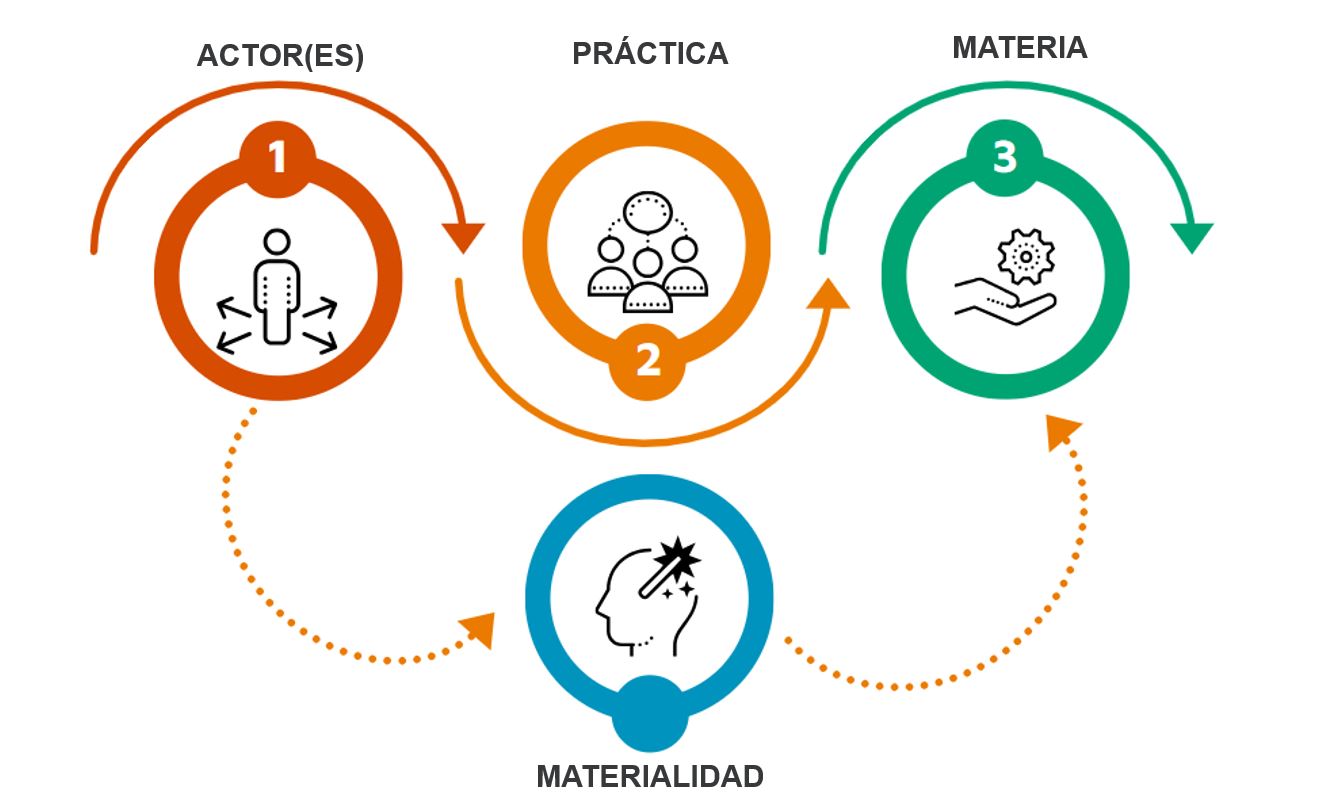The patrimonialization of rural territory
ethnographic narratives in Huatlatlauca, Puebla
DOI:
https://doi.org/10.18861/ania.2025.15.2.4163Keywords:
rural territory, patrimonialization, Huatlatlauca, ethnogaphic, local heritage, agency, materiality, architectural propertiesAbstract
The present study examines the patrimonialization process occurring in rural territories, with a special emphasis on Santa Maria de los Reyes Huatlatlauca, a community that was occupied by mendicant orders in the 16th century. Using a qualitative, ethnographic approach, the study examines the interplay between migration, globalization, and local heritage through the lived experiences of the inhabitants. The fieldwork and participant observation revealed patterns of territorial perception and social organization that are fundamental to the preservation of local heritage. The findings of the study emphasize the role of actors' agency and the materiality of heritage as factors that contribute to the cohesion of communities. Religious architectural structures and the surrounding landscape are used to illustrate the sense of anchoring and belonging that are associated with these narratives. Everyday practices include coercive tasks that serve to strengthen the collective sense of heritage, situate them within a broader social dynamic, and provide a framework for understanding rural communities' identity and territoriality as a result of historical and contemporary pressures.
Downloads
References
Checa-Artasu, M. M. (2014). Geografía, poder y petróleo en México. Algunos ejemplos. Scripta Nova, Universidad de Barcelona. Recuperado de https://martinchecaartasu.com/articulos/#2014
Davallon, J. (2010). The game of heritagization. En X. Roigé & J. Frigolé (Eds.), Constructing cultural and natural heritage. Parks, museums and rural heritage (pp. 39–62). ICRPC. Recuperado de: https://www.researchgate.net/publication/331951762_The_Game_of_Heritagization_p_39-62_in_Constructing_Cultural_and_Natural_Heritage_Parks_Museums_and_Rural_Heritage_sous_la_direction_de_Xavier_Roige_Joan_Frigole_Girona_Institut_Catala_de_Recerca_en_Pa
Gell, A. (1998). Art and agency: An anthropological theory. Oxford University Press.
Giménez, G. (1996). Territorio y cultura. Estudios sobre las Culturas Contemporáneas, 2(4), 9–30. Universidad de Colima. Recuperado de: https://bvirtual.ucol.mx/descargables/476_territorio_y_cultura.pdf
Ingold, T. (2011). Being alive: Essays on movement, knowledge and description. Routledge, Taylor and Francis Group.
Jokilehto, J. (2016). Conversaciones… con Jukka Jokilehto. Revista de Conservación, Instituto Nacional de Antropología e Historia. Recuperado de https://revistas.inah.gob.mx/index.php/conversaciones/issue/view/796/778
López Silvestre, F. A. (2003). Por una historia comprensiva de la idea de paisaje. Apuntes de teoría de la historia del paisaje. Quintana, 2, 287–303. Recuperado de https://dialnet.unirioja.es/servlet/articulo?codigo=1195276
Macazaga Orduño, C. (Ed.). (1978). Nombres geográficos de México: Versión original de Antonio Peñafiel de 1888. Ed. Innovación.
Martínez del Sobral y Campa, M. B. (1988). Los conventos franciscanos poblanos y el número de oro. Gobierno del Estado de Puebla.
Prats, L. (2005). Concepto y gestión del patrimonio local. Cuadernos de Antropología Social, 21, 17–35. Recuperado de https://www.redalyc.org/articulo.oa?id=180913910002
Ratier, H. (1988). Antropología rural argentina: Etnografías y ensayos (Tomo 1). Facultad de Filosofía y Letras.
Ricard, R. (1995). La conquista espiritual de México, FCE
Rubial García, A. (2002). La evangelización de Mesoamérica. Tercer Milenio, CONACULTA.
Sánchez-Carretero, C. (2012). Hacia una antropología del conflicto aplicada al patrimonio. En Geopolíticas patrimoniales. De culturas, naturalezas e inmaterialidades. Germania. Recuperado de http://hdl.handle.net/10261/98651
Torres, E. (2012). Huatlatlauca, Puebla: Puesta en valor de la arquitectura religiosa de una región (Tesis de maestría). Facultad de Arquitectura, UNAM.

Downloads
Published
How to Cite
Issue
Section
License
Copyright (c) 2025 Pablo Jacob Morales Tapia, Rocío Ramírez Villalpando, Carlos Ríos Llamas

This work is licensed under a Creative Commons Attribution 4.0 International License.
The journal and its contents are licensed under the Creative Commons - Attribution 4.0 International License (CC BY 4.0). It is possible to copy, communicate and publicly distribute its content as long as the individual authors and the name of this publication are cited, as well as the publishing institution (Universidad ORT Uruguay).

